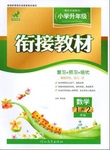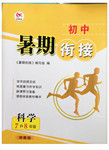题目内容
It’s reported that none of the sporting events will take place________ COVID-19 can be controlled.
A.because B.after C.if D.until
练习册系列答案
 鹰派教辅衔接教材河北教育出版社系列答案
鹰派教辅衔接教材河北教育出版社系列答案 初中暑期衔接系列答案
初中暑期衔接系列答案
相关题目
题目内容
It’s reported that none of the sporting events will take place________ COVID-19 can be controlled.
A.because B.after C.if D.until
 鹰派教辅衔接教材河北教育出版社系列答案
鹰派教辅衔接教材河北教育出版社系列答案 初中暑期衔接系列答案
初中暑期衔接系列答案